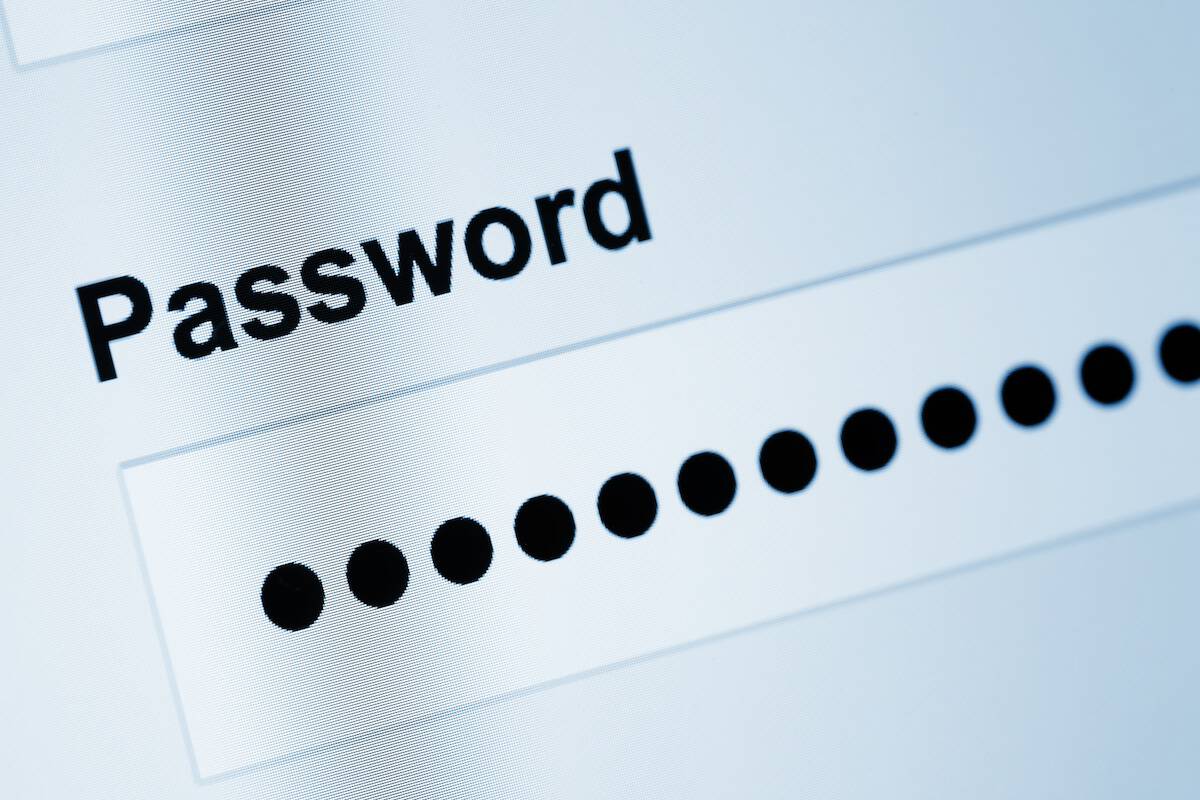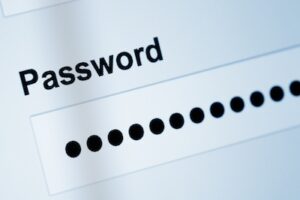
In today’s digital landscape, safeguarding our online presence is a top priority. A password manager is a valuable tool that can greatly enhance our digital security. This article will guide you through assessing a password manager’s security features, understanding its pricing factors, and ensuring it meets your cross-platform needs.
By focusing on these aspects, you can make informed decisions to protect your digital life effectively.
Evaluating Password Manager Security Features
Maintaining online security is important in today’s digital age, and a password manager can enhance this security by managing and securing your various online accounts.
However, not every password manager offers the same level of security. Here’s how you can assess the security of a password manager before deciding to use it:
- Check for Zero-Knowledge Architecture: The best password managers operate on a zero-knowledge basis, meaning they encrypt your data in such a way that not even the password manager service can access your passwords. This is fundamental for ensuring that your passwords remain confidential and are only known to you.
- Look for AES 256-bit Encryption: This encryption standard is the industry standard and is considered very secure using current technology. A secure password manager should use AES 256-bit encryption to protect your data, ensuring that your passwords are safely stored.
- Independent Security Audits: Trust in a password manager can be bolstered by independent security audits. These audits assess the password manager’s infrastructure and security protocols to identify potential vulnerabilities. Opt for password managers that undergo regular, independent security checks and publicly share the results.
- Review Previous Security Incidents: Research the company behind the password manager to check if they have had any security breaches or incidents in the past. While a past incident doesn’t automatically disqualify a service, the company’s response and measures taken to prevent future issues matter significantly.
- Multifactor Authentication (MFA): Support for multifactor authentication adds an extra layer of security to your password vault. If someone gets hold of your master password, MFA can still block unauthorized access. Ensure the password manager supports multiple forms of MFA, like an authentication app or hardware-based security keys.
- Automatic Updates and Strong Password Generator: Regular updates are vital for closing security gaps, so a good password manager should update automatically to protect against the latest threats. Moreover, it should feature a strong password generator that can create complex, unique passwords to further enhance your security.
By thoroughly assessing a password manager’s security features and protocols along these lines, you can make an informed decision on which service best suits your needs for keeping your online accounts secure. The right password manager can be a valuable tool in safeguarding your digital life.

Exploring Password Manager Price and Plans
Cross-platform compatibility impacts the cost of password managers. Services offering support across various devices and operating systems require more complex development and maintenance efforts.
This ensures access to your passwords, whether you’re on a laptop, tablet, or smartphone, integrating with different browsers and operating systems. The broader the compatibility, the higher the development costs, which can be reflected in the subscription fee.
The inclusion of advanced features beyond basic password storage and generation also influences pricing. Services might offer secure file storage capabilities, allowing users to safely store sensitive documents like health records or confidential contracts within the same vault as their passwords.
Some go a step further, providing features like dark web monitoring to alert users if their information appears in data breaches online. These additional services require resources to maintain, contributing to a higher price point.
Storage capacity offered by a password manager also plays a role in dictating its cost. With generous storage allotments, users can secure a large array of passwords and sensitive documents.
Achieving this level of storage, especially in a secure manner that adheres to encryption standards, necessitates infrastructure support. Thus, plans offering higher storage capabilities usually come with an increased price tag.
The level of customer support available is another factor not immediately apparent. Premium password management services often come with dedicated support teams ready to assist users with any issues that arise.
This can range from troubleshooting access problems to guiding securing accounts further. The provision of quality, responsive customer support incurs additional operational costs for the service provider, which may be reflected in the subscription fees.
Family or business plan options also influence costs. Opting for a family or business plan changes the pricing dynamics as these plans are designed to cover multiple users under a single subscription fee.
While more expensive than individual plans, they offer a cost-effective way for groups to access premium password management features collectively. The scalability and administrative controls included in these plans require backend support, further influencing the overall cost.
Understanding these factors helps make sense of the pricing landscape for password managers. It’s not merely about paying for a service but investing in a comprehensive tool that secures your digital life across multiple fronts.

Ensuring Cross-Platform Compatibility
Cross-platform compatibility is an important feature for password managers, ensuring access to our digital lives regardless of the device or operating system we’re using.
In today’s digital environment, we’re constantly switching between smartphones, tablets, laptops, and desktop computers; each could run on different systems, like Windows, macOS, iOS, Android, or Linux. This frequent shift underscores the need for a password manager that syncs across all these platforms.
The primary goal is to allow you to access all your passwords and secure information anytime, anywhere. Imagine the frustration of trying to log into an account on your tablet or phone only to realize your password manager doesn’t support that device’s operating system.
This disruption not only hampers productivity but can also be an obstacle in moments when quick access is essential.
Consistent syncing is also important for maintaining strong security across all your devices. Without cross-platform compatibility, you’d find yourself in the tedious cycle of updating or changing passwords manually across each device whenever necessary.
It’s not just time-consuming but increases the risk of errors or oversight which could leave your accounts vulnerable.
This compatibility feature also aids in getting your digital affairs in order and encourages the practice of strong password habits. When a password manager runs smoothly across all your devices, adopting and maintaining strong, unique passwords becomes a less daunting task.
It also becomes simpler to utilize other security-enhancing features like secure notes or two-factor authentication code storage, which are likewise synced across your devices.
As we connect our lives closer to a variety of digital devices and platforms, overlooking cross-platform compatibility in our choice of a password manager can lead to unnecessary frustration and potential security gaps.
For a life that moves as fluidly across devices as ours do now, ensuring your password manager does the same is important for maintaining the integrity of our digital security.

Choosing a Password Manager Platform
By carefully evaluating a password manager’s security features, understanding its pricing structure, and ensuring it offers seamless cross-platform compatibility, we empower ourselves to navigate the digital world with confidence.
In an era where online threats are constantly evolving, equipping ourselves with the right tools is important for maintaining our digital well-being.


Sorry, the comment form is closed at this time.